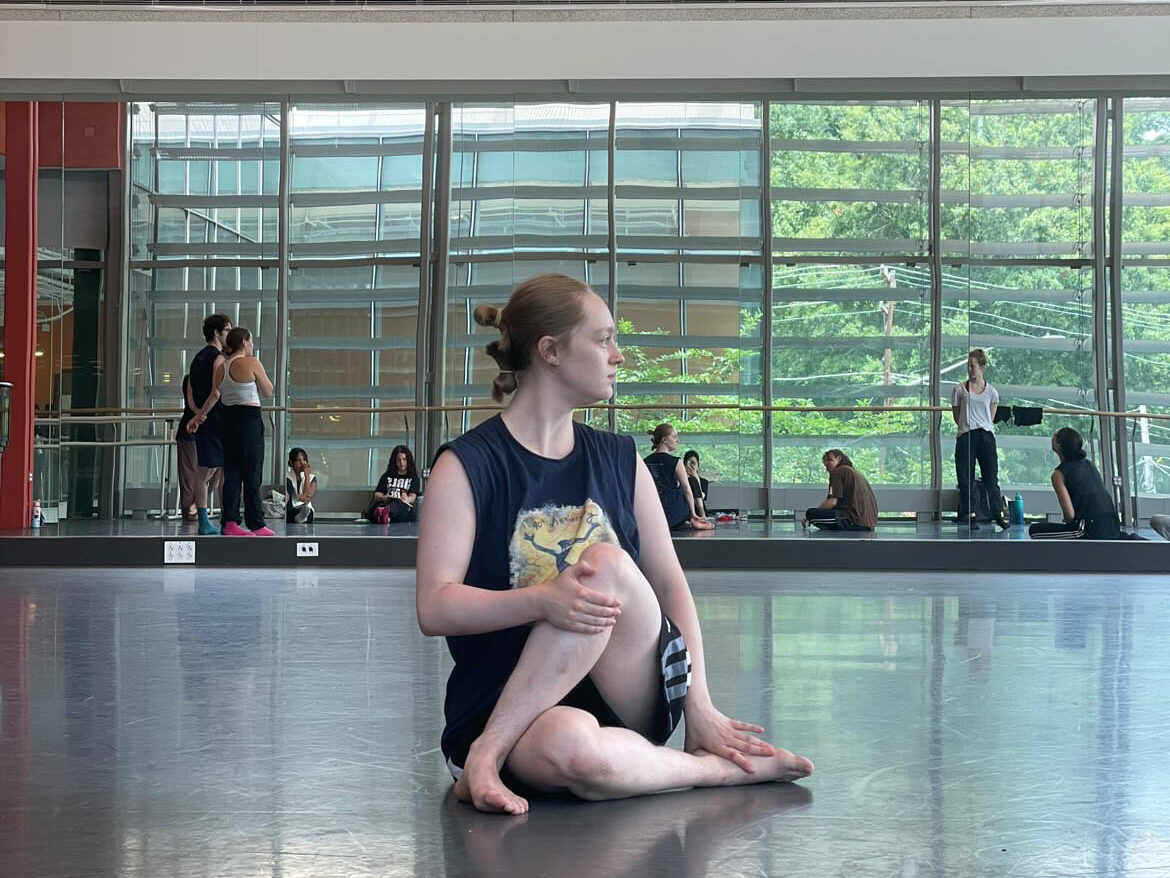Even after the whirlwind of Nutcracker season and finals dies down, summer break can feel very far away. Still, because applications for intensives, internships, and jobs open in winter, now is the time to start planning for the warmer months.
Find Your Focus
In her Intro to Dance Studies course at Chapman University, Jennifer Backhaus encourages dancers to use the few summers they have as college students wisely. “In the beginning, a lot of students want to stay close to home, and they go back to the studios where they trained growing up,” she says. “As they move through the program, we try to get them to tailor their choices to where they might end up in the future.”

Backhaus recommends students try a new city during the summer, especially if they think they might want to relocate for their dance career. “Wherever you think the place is for you, find something there, see what the dance culture is like in that area and network,” she says. While spending the summer at home resting might be tempting, consider using the free time to try something new in a different dance genre or location.
Aubrey Mailloux, who is double-majoring in dance and arts management at Purchase College, State University of New York, has had a different focus for each of their college summers. Between freshman and sophomore years, she interned at the American Dance Festival in Durham, North Carolina, working in the archives to fulfill an internship requirement for her arts management major. “I’m a dance-history nerd, and being in a place where I could help with the documentation of the festival and also process old footage was interesting,” they say. She also chose the internship in order to be surrounded by dance all summer. “I was able to take a dance class every day, and one or two master classes,” Mailloux says. “Keeping myself in my practice and in shape over the summer was really important to me.” The ADF internship paid enough to cover room and board, but not enough to add to their savings.
The following summer, Mailloux returned to ADF to attend the intensive and also to participate in a work-study program, which covered 50 percent of tuition in exchange for 10 hours of weekly work. Now preparing for their final summer as a college student, Mailloux is targeting dance intensives hosted by companies that they hope to dance with after graduation, as well as applying for internships. “This is my chance to really get my foot in the door.”
 Aubrey Mailloux. Photo by Sally Mai, Courtesy Mailloux.
Aubrey Mailloux. Photo by Sally Mai, Courtesy Mailloux.
Plan Ahead
Backhaus recommends that students start thinking about summer plans in December or early January. Researching options in advance can prevent missed deadlines or needing to rush to film audition materials.
Mailloux recalls starting to research summer internship options during the fall semester, applying and interviewing by the end of January, and securing housing in April. “That felt late to me, like I was scrambling a little,” they say. Applications for internships and dance intensives may have different deadlines: For example, the participant application for ADF opens as early as November.
Teresa Chapman, the director of the dance department at the University of Houston, posts summer options for students at the beginning of the spring semester. Then, in a career-skills class, one of the lectures is dedicated to reviewing and researching internships and intensives. “A lot of companies have great intensives that are only one or two weeks, which are more feasible for a student who’s also working,” she says.
Consider the Costs
Summer dance training can be expensive, especially when travel and housing are involved. Planning in advance and researching financial aid options can mitigate costs, however. For those who need to prioritize working and saving over the summer, there are ways to continue training in dance.
Chapman recalls a time when one of her students turned down a scholarship to study dance in Paris, worried about losing her job at a dance studio. “It was a rough conversation for me,” she says. “Sometimes students don’t have a clear idea of what an opportunity is until they get there. But my students are incredibly loyal (to their jobs).” She estimates that about 75 percent of her students need to work at least part of their summers. Mailloux returns to Wyoming for at least a portion of each summer, where she lives at home, cleans houses, and teaches dance to save money for the following semester.
 Teresa Chapman. Photo by Olga Tully, Courtesy Chapman.
Teresa Chapman. Photo by Olga Tully, Courtesy Chapman.
If traveling for a summer intensive is out of reach, consider looking into local companies and studios that might offer student discounts or work-study opportunities. Backhaus employs some of her Chapman students each year as chaperones and assistants for the intensive of her company, Backhausdance. “We give them an option where they can stay local for the summer,” Backhaus says. “We can provide a working opportunity for students at Chapman, and they can also continue their training.” She sees this arrangement as beneficial for the students, her company, and the partnership between her company and the university.
“In every phase of your college life, your summers are different,” Backhaus says. “Sometimes you have family obligations, sometimes you know it’s your graduation summer, sometimes you know you have to work a lot because you have to pay for school. You have to know what’s important to you and what you want to accomplish in the summer.”
And remember, the best time to prepare is now.




GIPHY App Key not set. Please check settings